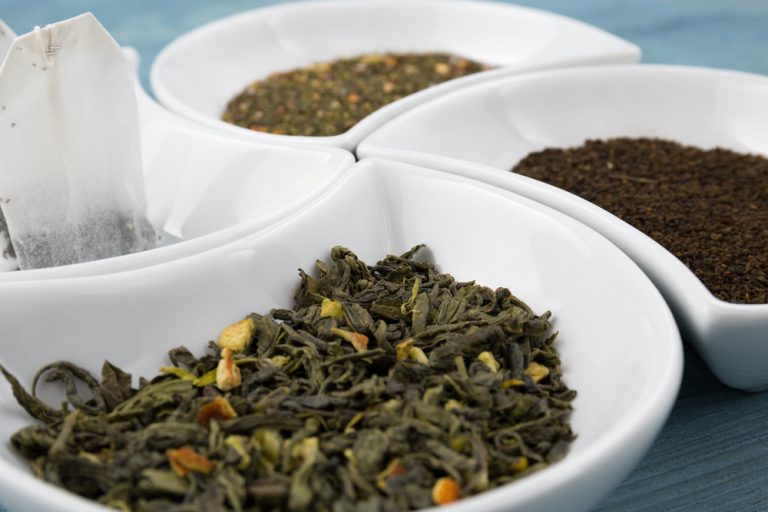Orthodox tea and CTC tea are different styles of tea production or tea processing, and the main styles used in Indian tea making. Orthodox tea refers to loose leaf tea produced using traditional (orthodox) methods, which involves plucking, withering, rolling, oxidation/fermentation and drying. CTC (Crush, Tear, and Curl or Cut, Tear, and Curl) is a method of processing black tea in which tea leaves are passed through a series of cylindrical rollers with serrated blades that crush, tear, and curl the tea into small, even-shaped pellets.
Orthodox vs CTC tea
There are three main differences between orthodox and CTC teas
1. Intent of production
Orthodox tea production focuses on preserving the singular virtues of the leaf resulting in fermented tea leaves, while CTC is about ensuring faster production of a standard quality of tea.
2. Tools and methods of production
While orthodox tea makers use traditional practices during their tea manufacturing process, which can be time-consuming and require a lot of human intervention, CTC tea manufacturing process is a faster way of producing a standard quality of tea. To make CTC tea, fresh, whole leaves are fed into the CTC tea machines which crush, tear and curl them and process them in a period of just two hours. The resultant tea is an even output of small brown pellets.
In orthodox processing, every batch of plucked leaves is treated to a precise amount of withering, rolling, and oxidation determined by trained tea professionals to extract the best flavors from the leaves. Great care is taken in rolling and handling the leaves because they are delicate and susceptible to adulteration and damage.
3. The flavor profile of the tea
Compared to a CTC tea, orthodox tea offers the most authentic tea experience. Orthodox teas, be it black, green, white or oolong, are known for their flavor complexity and delicate make, much the reason why they are highly prized in the world tea market.
Freshly produced orthodox tea benefits its drinker in far more positive ways than a CTC tea, especially in regards to health and wellness. The latter class of tea is generic tasting and produces strong, dark liquor with a distinctly astringent flavor profile. CTC tea also accommodates the addition of condiments like milk and lemon far better than orthodox teas.
Here are a few FAQs
What is CTC tea? The full form of CTC is crush, tear, and curl. It is a processing method where black tea leaves are passed through a series of cylindrical rollers that have hundreds of sharp teeth that crush, tear, and curl the tea into small, hard pellets. CTC teas also have grades depending on the tea leaf. A few CTC tea grades would include BPO1(Broken Orange Pekoe one), GF BPO (Golden Flowery Broken Orange Pekoe one), BPS (Broken Pekoe Souchong) and more. You can even purchase organic CTC tea.
What is the price of CTC tea? CTC tea price depends on the type of CTC grade and the region it’s from, for instance, the Assam CTC tea price will vary depending on the grade. It can range from Rs.142 to Rs.155.
What are the Benefits of CTC tea?
These are the benefits of CTC tea:
- Helps in fighting cancer
- Helps cut down fat
- Helps in prevention of heart attacks
- Improves digestions
What is CTC dust tea? As we know CTC tea is divided into different tea grades and CTC dust tea is the lowest grade tea.
What is broken CTC? When crushed to make bagged teas, the tea is referred to as “broken”.

Comments are closed.